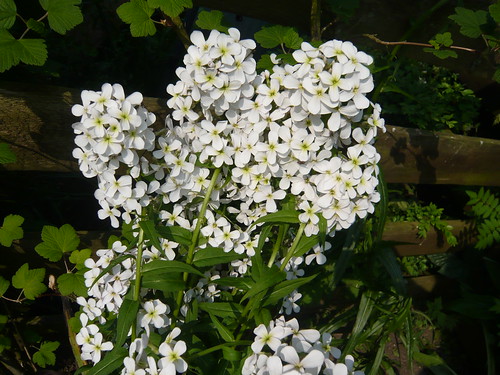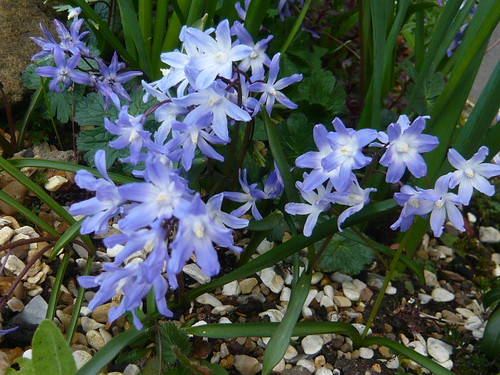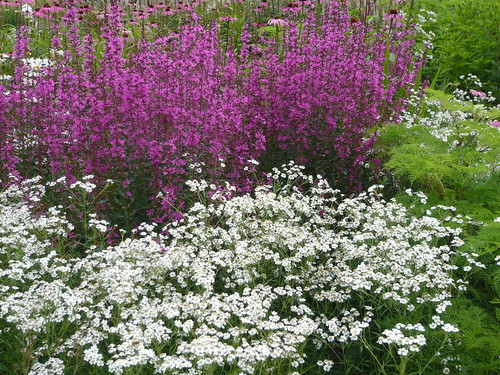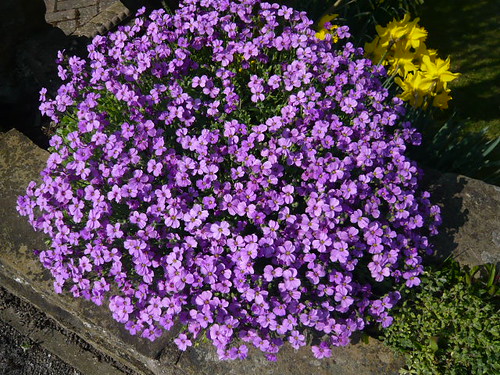What does Self-Sown Mean?
Seeds are self sown when seeds germinate and grow without the help of a gardener. The majority of plants grow, flower, get pollinated then set seeds. If seeds are then distributed naturally from the plant they are self sown.
What Plants are Self Sown
- Weeds are among the most common self sown plants. I am thinking of Dandelions, Daisies and Buttercups but unfortunately there are lots more.
- Before cultivated gardens anything not grown for food was probably ‘nature sown’ in that the plant did it for it’s self.
- In a broadleaved wood you may get Oak trees growing from self sown acorns whilst Rowan and Elderberry are sown by birds eating berries and dropping seeds.
- Garden flowers that are commonly self sown include Foxgloves, Nigella, Candytuft, Poppy, For-get-me-not and Nasturtium.
How are Seeds Self Sown
- Wind distributes seeds that are very light or have a float mechanism like a Dandelion clock or Sycamore seed’s wings.
- Some seeds are expressed from seed pods by firing. Pansy seedpods tighten up and the ripe seed is squirted a good distance from the parent plant.
- Birds and animals including humans can be responsible for spreading seeds. Some stick to your clothing others are eaten but not digested like Tomatoes.
Top Ten Self-Sown Garden Plants
- This list was compiled with the help of Crocus whose first choice was Alchemilla mollis aka Lady’s mantle, good for edging sunny and shady borders and filling cracks in paving.
- Aquilegia ‘Nora Barlow’ or Columbines self-seed readily and are very easy to grow in sun or partial shade.










